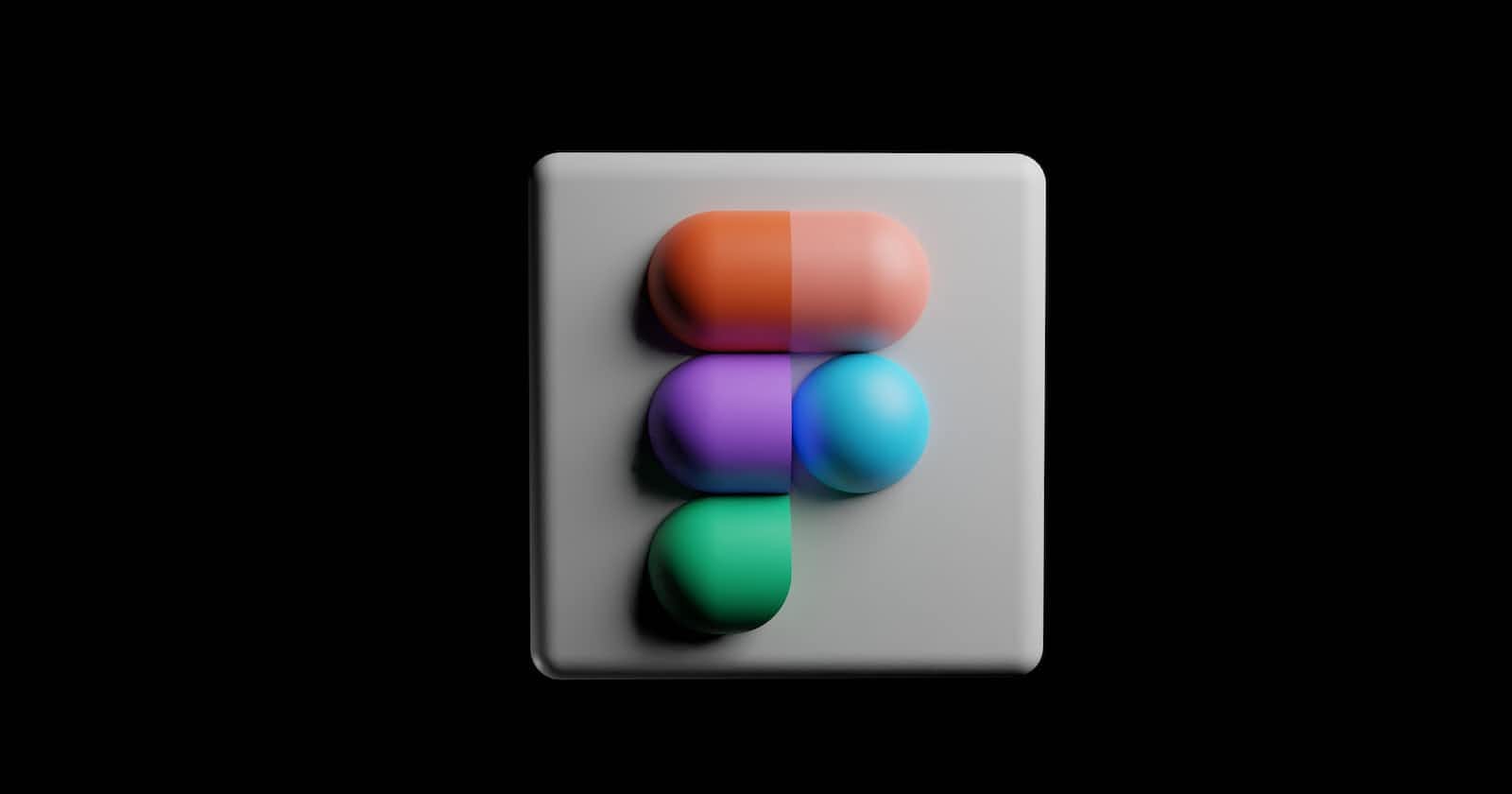Introduction
Embarking on the journey of Figma, developers seek not just a design tool but a powerful ally in creating seamless user experiences. Figma's real-time collaboration features make it an ideal choice for collaborative projects. Figma has emerged as a powerhouse in the realm of design tools, offering a collaborative and intuitive platform for designers and developers alike.
Mastering Figma is not just an added skill; it's a necessity in today's fast-paced design ecosystem. Resources for Figma are available easily over the internet, for research and ideas downloading these free Figma templates will help you get more ideas about Figma. In this article, we will delve into essential tips and tricks for Developers that will elevate your proficiency in Figma, empowering you to create seamless and visually appealing designs.
Figma Tips and Tricks for Developers
Understanding Figma's Interface The first step on your journey to mastering Figma is setting up your workspace. Creating an account is simple, and once logged in, you'll be greeted by an interface that prioritizes ease of use and functionality. Familiarizing yourself with the layout and navigation is crucial for a smooth design experience. Navigating Figma's interface is the first step to mastery. Familiarize yourself with the toolbar, layers panel, and properties to streamline your workflow. With this foundation, you'll effortlessly bring your creative visions to life.
Efficient Prototyping Techniques Prototyping is an integral part of the design process. Figma's prototyping features allow you to create interactive prototypes for user testing and feedback. Mastering these features enhances your ability to communicate design interactions effectively. Transform your ideas into interactive prototypes with Figma's robust prototyping features. Leverage hotspots, transitions, and overlays to craft a dynamic user experience that aligns seamlessly with your development goals.
Integrating Figma with Development Tools Seamless collaboration between designers and developers is crucial for a successful project. Figma offers integrations with popular development tools and code repositories, facilitating a smooth transition from design to development.
Collaboration Magic with Figma Unlocks the true power of Figma by embracing collaboration. Explore real-time editing, commenting, and version history to enhance team synergy. Seamless collaboration is not just a feature; it's a game-changer. Multiple team members can work simultaneously, fostering seamless communication and creativity. Figma allows you to share prototypes with stakeholders who don't have a Figma account.
Mastering Components for Reusability Delve into the world of components to revolutionize your design consistency. Learn to create and use components effectively, saving time and ensuring a unified visual language across your projects. Smart components in Figma are a game-changer for developers. They allow you to create reusable design elements that can be dynamically updated across your entire project. This not only saves time but also ensures consistency throughout your design.
Advanced Keyboard Shortcuts for Speed Time are of the essence for developers. Uncover advanced keyboard shortcuts to navigate Figma like a pro. Boost your efficiency and impress your peers with your swift command over the design canvas. Efficiency is key in design, and Figma offers a plethora of keyboard shortcuts to expedite your workflow. From basic navigation to complex design tasks, mastering these shortcuts will significantly boost your productivity.
Responsive Design Techniques In the era of diverse devices, mastering responsive design is paramount. Learn how Figma facilitates responsive design with constraints and auto-layout, ensuring your creations shine on every screen. Figma simplifies responsive design through constraints and auto-layout. By defining constraints on elements, you ensure that designs adapt gracefully to different screen sizes, making the responsive design process intuitive and efficient.
Integrating Plugins for Enhanced Functionality Extend Figma's capabilities by integrating plugins tailored to your development needs. From code generation to accessibility checks, plugins elevate Figma from a design tool to a comprehensive development companion. Figma's plugin ecosystem is a treasure trove of tools that can enhance your workflow. From automating repetitive tasks to adding new functionalities, exploring plugins tailored to your needs can significantly boost your efficiency.
Optimizing Export Workflows Effortlessly transition from design to development with optimized export workflows. Learn to export assets, generate code snippets, and collaborate seamlessly with developers, fostering a smooth handover process.
Version Control Best Practices Navigate the complexities of version control with finesse. Understand best practices for versioning in Figma, ensuring a structured and organized design history that aligns seamlessly with your development iterations. Version control ensures that your design process is organized and reversible. Figma's version history feature allows you to track changes, revert to previous versions, and collaborate with confidence.
Advanced Animation Techniques Bring your designs to life with advanced animation techniques in Figma. From micro-interactions to complex animations, explore the nuances of Figma's animation features to create a truly engaging user experience.
Conclusion
Mastering Figma is not just about mastering a tool; it's about unlocking a world of possibilities for developers. Mastering Figma is a continuous journey of learning and improvement. By incorporating these tips and tricks into your design workflow, you're not just using a tool; you're harnessing the power of a design ecosystem that empowers collaboration and creativity. Getting free Figma resources from sources like Templates Jungle, Figma Community, Freebies on Dribbble, Behance, Figma Freebies on Gumroad, etc, will help to get familiar and you can learn more about Figma. Integrating these Figma Tips and Tricks into your workflow, not only enhances your efficiency but also elevates your role in the design and development ecosystem.

